
Why Buy Your Fittings on multitanks.com? A Complete Guide
Table of Contents
Introduction
Whether you're an avid DIYer, a savvy farmer, or simply someone looking to optimize a home installation, fittings are essential components to ensure the efficiency and safety of your piping systems. But with so many fittings available on the market, it's sometimes difficult to know which one is really right for your specific need. IBC, Camlock, Guillemin, Express, food fittings... These terms may sound a bit technical, but don't worry: in this article, we'll break down all these options together, so you can choose the perfect fitting without hesitation.
Think of a fitting as an elementary embrace between two parts of your system. It is this connection that allows your liquids to circulate without leakage, without loss, and in complete safety. Depending on the application – whether you're installing an irrigation system for your garden, transporting chemicals, or even designing a food facility – the type of fitting will make all the difference. Each type of fitting has its particularities, its advantages, and its limitations. Some are easy to connect and disconnect, others are ultra-resistant to harsh chemicals, and some are even specifically designed for use with food.
In this guide, we'll explore the main types of fittings you can find on multitanks.com, explaining precisely what they're used for, their strengths, and in what contexts they'll be most useful. As a bonus, we'll give you practical tips on how to measure your fittings correctly and avoid common mistakes, such as choosing a fitting that isn't compatible with your pre-existing installations. Ready to dive into the world of fittings? Tie your hoses, let's go!
1. Understand the Different Types of Fittings
1.1. IBC Fittings

IBC (Intermediate Bulk Container) fittings are fittings specifically designed to connect to IBC tanks, those large reinforced plastic tanks often surrounded by a metal frame. These tanks are very popular for storing and transporting liquids, whether it's water, chemicals, or even liquid food. The IBC fittings allow you to connect directly to these tanks to retrieve the contents or transfer it to another tank.
One of the major advantages of IBC fittings is their ease of use. They are designed to be quick to install and remove, making them ideal for those who need a temporary solution or mobile installation. These fittings are often made of heavy-duty plastic or metal, depending on the intended use. Plastic is more economical and corrosion-resistant, while metal is preferred for more demanding applications where durability is crucial.
These fittings come in different diameters, and it is important to check the compatibility between the fitting and the valve of your IBC tank. To put it simply, if you have a IBC tank, a IBC fitting is often the simplest and most secure solution to extract the contents. Their specific design helps prevent leaks, which is essential when dealing with sensitive liquids, such as chemicals or food solutions.
IBC fittings are often equipped with specific threads, such as the S60x6, S100x8 or M80x3, which are not compatible with the BSP plumbing system. For this reason, there are adapter fittings that allow these threads to be converted IBC to BSP, barbed or other pitches, in order to easily connect them to other piping systems. You can find the valve outlet thread chart IBC at this address: https://www.multitanks.com/en/content/10-valve-threads-ibc, which will make it very easy for you to identify which fitting to choose. For example, you can use an adapter to connect a garden hose to your IBC tank to water your garden, or even connect the tank to a filtration system for home use. In short, IBC fittings with their appropriate adapters are the go-to solution for anyone who wants to get the most out of their tank with ease.
In the rest of this article, we will detail other types of fittings so that you can understand which one is best suited to your specific needs. Each type has its own strengths, and by knowing the differences, you'll be able to choose the one that's right for you.
1.2. Camlock Fittings

Camlock fittings, also known as cam fittings, are very popular fittings in the industrial and agricultural sectors, as they provide a quick and secure connection between two lines. The principle of Camlock fittings is based on a system of cams that lock into a groove, which allows you to create a tight connection without the need for specific tools. This type of fitting is ideal for applications that require frequent connection and disconnection, such as in liquid transport, industrial cleaning, or irrigation.
Camlock fittings are available in a variety of sizes and materials, including aluminum, stainless steel, brass, and polypropylene. The choice of material will depend mainly on the intended application. For example, aluminum fittings are often used for general liquid transfer applications, while stainless steel fittings are preferred for more demanding uses, involving harsh chemicals or sanitary requirements, such as in the food industry. Polypropylene fittings, on the other hand, are suitable for less demanding applications where lightness and corrosion resistance are important.
One of the major advantages of Camlock fittings is their versatility. They are compatible with a wide range of pipes and equipment, but it is important to check the maximum pressure supported by the fitting, as it can vary depending on the material and size. Camlock fittings come in several types (A, B, C, D, E, F, DC and DP), each type having a specific use, such as connecting to a barbed hose, a male or female thread, or a closing plug.
However, it is essential to note that Camlock fittings are not designed for applications involving high-pressure gases, as they do not guarantee sufficient sealing in these conditions. Their use is mainly recommended for liquids and solids, such as granules or powders.
Camlock fittings are characterised by their quick installation. Thanks to the cam locking system, it only takes a few seconds to connect or disconnect the hoses, which is particularly practical for operations that require a certain mobility or quick adaptation of the equipment. For all those who need flexibility and speed, Camlock fittings represent a solution of choice, both for professionals and for individuals who want an efficient and durable installation.
1.3. Guillemin fittings
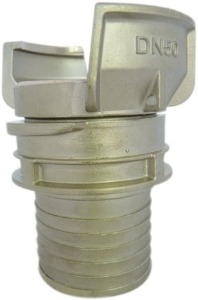
Guillemin fittings, also known as symmetrical fittings or firefighter fittings, are mainly used in the industrial and agricultural sectors, especially for the transfer of liquids such as water, non-corrosive chemicals, and even some food products. This type of fitting is very common in Europe, especially in France, where it is often used for pumping, irrigation, or bulk liquid transport applications. This fitting is called "symmetrical" because its two parts are identical, which makes it particularly convenient to handle and reduces the chance of error during assembly.
The Guillemin fitting consists of two half-fittings that fit into each other and lock together with a clamp, providing a secure and leak-proof connection. This symmetrical system allows for easy connection, without having to worry about the orientation of the parts, unlike other types of fittings that require a precise direction of connection. This ease of use makes it a preferred choice for users looking for a convenient and efficient solution.
Guillemin fittings are available in several materials, such as aluminum, stainless steel, and brass. The choice of material will depend on the intended application. Aluminum is often chosen for general applications because of its light weight, while stainless steel is preferred for more demanding uses, such as transporting food products or chemical substances. Brass, on the other hand, is often used for applications requiring good corrosion resistance.
One of the main advantages of Guillemin fittings is their ability to withstand high flow rates, making them perfect for quick filling or emptying applications. However, they are not recommended for applications involving highly corrosive products or high-pressure gases, as this could affect their tightness and durability.
Another advantage of Guillemin fittings is their compatibility with safety locking systems, such as clamps or clips, which prevent accidental disconnection, thus increasing the safety of the installations. This feature is particularly useful in industrial environments where a liquid leak could have serious consequences.
Finally, Guillemin fittings are commonly used with pumps or irrigation systems. For example, they are often used to connect garden hoses or pumps to tanks, allowing for fast and efficient transfer of liquids. With their rugged design and ease of handling, Guillemin fittings are an ideal choice for anyone looking for a reliable and simple-to-use solution for their liquid transfer needs.
1.4. Express fittings
Express fittings are particularly popular for irrigating, pumping, and liquid transfer applications in agricultural and industrial settings. This type of connection is designed to be used in situations where a quick and secure connection is required, such as irrigation or emergency intervention. The main advantage of Express fittings is their simplicity and speed of implementation, which makes them very practical for installations that need to be frequently assembled and disassembled.
Express fittings consist of a half male and half female fitting, which fit together by a lever locking system. This mechanism allows you to create a waterproof connection in a few seconds, without the need for specific tools. This feature is particularly useful in agricultural or industrial environments where speed is critical, such as connecting a pump to a water tank or a garden hose to a water source.
Express fittings are often made of galvanized steel or brass, materials chosen for their strength and corrosion resistance. The choice of material will depend on the intended application. Galvanized steel is particularly strong and is often used for agricultural irrigation applications, while brass offers better corrosion resistance, making it ideal for wet or weather-exposed installations.
These fittings are available in different sizes, allowing them to be adapted to a wide variety of pipes and equipment. One of the most interesting aspects of Express fittings is their ability to adapt to harsh working environments, thanks to their robust design that allows them to withstand shocks and vibrations. They also feature rubber gaskets that ensure a reliable connection, even under pressure.
Express fittings are also used for agricultural and industrial applications requiring quick connection, They are also very popular in agricultural irrigation, where it is often necessary to move sprinkler systems from one place to another quickly and efficiently. In addition, thanks to their simplicity of use, they can be handled without special technical training, making them a great option for farmers and gardeners looking to optimize their irrigation systems.
In summary, Express fittings are an ideal solution for anyone who needs a fast, robust and reliable connection, whether for irrigation, pumping, or any other type of liquid transfer in an agricultural or industrial environment. Thanks to their ingenious design, these fittings save time and ensure a perfect seal even under difficult conditions.
1.5. Stainless steel fittings
Stainless steel fittings are widely used in applications requiring high resistance to corrosion, heat, and demanding environments. Stainless steel is a material of choice for the food, chemical, pharmaceutical and even domestic installations. Thanks to its anti-corrosion properties, stainless steel is ideal for installations that require a high level of cleanliness and safety, especially when in contact with food liquids or aggressive chemicals.
One of the main advantages of stainless steel fittings is their robustness and durability. Unlike more common materials like plastic or brass, stainless steel offers increased resistance to high temperatures as well as pressure, making it a perfect choice for heavy-duty industrial applications. Whether you need to connect pipes in an industrial facility with high thermal stress or want to ensure a perfect seal in a sanitary installation, stainless steel fittings will meet your needs.
Stainless steel fittings are available in several types, such as BSP, Guillemin, Camlock screw-in and weld-on fittings, or clamp fittings (used in particular in the food and pharmaceutical industry). The choice of the type of fitting will depend on the specific application and the requirements for mechanical and chemical resistance. Weld-on fittings, for example, provide a perfect seal and are often used in fixed installations where the absence of leaks is crucial.
Another advantage of stainless steel fittings is their compliance with sanitary standards, which makes them suitable for industries where hygiene is paramount. In the food industry, for example, stainless steel fittings are used for the transport of liquids such as milk, beer, or any other product that requires safe and hygienic handling. In addition, stainless steel is easy to clean, which allows very high standards of cleanliness to be maintained, even in intensive production environments.
Stainless steel fittings are also appreciated for their aesthetics and their ability to withstand outdoor environments. They are often used for visible installations, such as outdoor plumbing systems or pool installations, as they do not rust and retain their shiny appearance over time.
However, it is important to note that stainless steel fittings can be more expensive than plastic or brass fittings. Their price is justified by their longevity and exceptional strength, making them a worthwhile long-term investment for installations where reliability is essential. For individuals or professionals who are looking for a durable, aesthetically pleasing, and resistant solution, stainless steel fittings are undoubtedly a first choice option.
In conclusion, stainless steel fittings offer a versatile and durable solution for a wide variety of applications. Whether for complex industrial installations, food applications or domestic plumbing systems, stainless steel guarantees reliability and resistance that surpasses most other materials. If your priority is quality and durability, stainless steel fittings are an ideal solution, combining performance, safety, and aesthetics.
2. How to Choose the Right Fitting for Your Use
2.1. Identify your needs
Before choosing a fitting, it is essential to identify your specific needs. This may seem obvious, but understanding precisely what you need will help you avoid costly mistakes and incompatibilities. Here are some important questions to ask yourself to understand your needs:
What type of liquid will you transfer? Is it water, chemicals, liquid food, or maybe solid pellets? The type of fluid will determine the materials and characteristics needed for your fitting. For example, a plastic fitting might be enough for water, but a stainless steel fitting would be better for harsh food or chemical products.
What is the pressure and temperature of the application? Some fittings are designed to withstand high pressures and extreme temperatures, while others are not. For example, stainless steel fittings are ideal for high-temperature applications, while polypropylene fittings are more suitable for moderate pressures.
Will the installation be fixed or mobile? If you need a fitting that will be plugged in and out often, such as in the case of a mobile irrigation system, fittings like the Camlock or Express, which are easy to connect and disconnect, will be the most suitable. For a fixed installation, a stainless steel weld fitting could be a more durable option.
What are the safety and hygiene standards to be respected? If your application involves the food industry, pharmaceutical, or even chemical handling, it is important to choose fittings that comply with the specific standards of these industries. For example, stainless steel fittings are often necessary to ensure perfect hygiene.
Which materials are compatible with your existing installation? Check the materials of your existing piping to ensure that the chosen fitting will be compatible. For example, it is important to know if your pipes are made of PVC, metal or another material, as this will influence the choice of fitting and the necessary adapters.
What diameter of hose do you use? Fittings come in different sizes, and it's crucial to know the inside and outside diameter of your hoses to avoid incompatibility. Measure your equipment carefully and make sure that the chosen fitting will fit perfectly.
By clearly identifying your needs, you will be able to select the fitting best suited to your situation. Whether for domestic, agricultural or industrial use, every detail counts to guarantee the safety, efficiency and durability of your installation.
2.2. Choosing the right material
The choice of material is crucial to ensure the durability and safety of your installation. Each type of material has advantages and limitations depending on the application. Here is a guide to the most common materials used for fittings:
Plastic (polypropylene, PVC, etc.) : Plastic fittings are lightweight, corrosion-resistant, and generally economical. They are ideal for applications involving non-aggressive liquids, such as water for irrigation or certain household chemicals. However, they are not suitable for high temperatures or applications requiring high mechanical strength. Polypropylene fittings, for example, are ideal for garden irrigation systems where the pressure remains moderate.
Brass : Brass is a commonly used material for plumbing fittings due to its good corrosion resistance and ease of assembly. Brass fittings are often used for domestic installations or agricultural applications. They are particularly effective for the transfer of water and non-corrosive liquids, but they are not recommended for highly acidic or very alkaline substances. Brass is also known for its wear resistance, making it a good choice for frequently handled connections.
Stainless steel (stainless steel): As mentioned earlier, stainless steel is an excellent choice for demanding environments. It is extremely resistant to corrosion, even in wet conditions or exposed to chemicals. This makes it an ideal material for the food, chemical and pharmaceutical industries. Stainless steel fittings are also used in applications requiring high heat and pressure resistance. Although more expensive, they are particularly suitable for environments where hygiene and sustainability are a priority.
Aluminum: Aluminum is lightweight and offers good corrosion resistance, making it popular for industrial and agricultural applications. Aluminum fittings are commonly used for temporary or mobile applications, such as transferring liquids during construction or harvesting work. However, aluminum is less resistant than stainless steel and is not suitable for acidic or alkaline environments.
Galvanized Steel : Galvanized steel fittings are robust and economical, providing good corrosion resistance due to the zinc coating. They are often used for agricultural irrigation systems, pumping facilities, and other industrial applications requiring good mechanical strength. However, they are not recommended for liquid food or harsh chemicals, as the coating can degrade over time.
Nickel-plated brass : This type of fitting combines the advantages of brass with an additional layer of nickel, providing better corrosion resistance and an improved aesthetic appearance. They are often used in visible applications, such as indoor plumbing installations, and are also resistant to temperature variations.
Key points for choosing the right material
Nature of the liquid : The choice of material depends largely on the type of liquid you want to transfer. For example, for liquid food or chemical products, stainless steel is generally recommended.
Temperature and pressure : Each material has limits in terms of temperature and pressure. For high-temperature or high-pressure applications, stainless steel or galvanized steel is preferred. For moderate pressures and ambient temperatures, plastic or brass may suffice.
Durability required : For fixed and permanent installations, robust materials such as stainless steel or galvanized steel are preferable. For temporary or mobile installations, lighter materials such as plastic or aluminium may be sufficient.
Hygiene standards : If hygiene is an important criterion, as in the food or pharmaceutical industry, stainless steel is essential. It is easy to clean and does not react with most products.
Budget : Cost is also a determining factor. Stainless steel is often more expensive, but it offers increased durability. If you have a limited budget and the application does not have severe constraints, plastic or brass could be a good compromise.
By taking these elements into account, you will be able to choose the material best suited to your needs, thus guaranteeing the performance and safety of your installation in the long term.
2.3. Select the right type of fitting
Once your needs have been defined and the material selected, it is time to choose the right type of fitting. Here is an overview of the main types of fittings:
Screw-on fittings : Simple to use, they are perfect for small household installations. Screw-in fittings are easy to assemble and disassemble, which is ideal for applications that require regular adjustments. They are often used for copper or brass pipes.
Quick couplings (such as Camlock or Express): These fittings are designed for quick plugging and disconnecting, without tools. They are particularly useful for temporary or mobile installations, such as agricultural irrigation or pumping. Their locking system ensures a fast and reliable seal.
Symmetrical fittings (Guillemin): Also known as "firefighter fittings", they are mainly used in industry and agriculture, these fittings are ideal for applications requiring high reliability and high throughput. They lock securely without the need to respect any particular direction, making them easy to use.
Weld fittings : For fixed installations where sealing is crucial, weld fittings provide a durable connection. They are often used in professional contexts, such as heating systems or the chemical industry. They require a certain amount of expertise to be installed correctly.
In summary, choosing the right type of fitting depends on the desired ease of installation, the need for disassembly, and the nature of the application. Be sure to select a fitting that meets your criteria for practicality, safety, and durability for optimal installation.
3. Tips for Installation and Maintenance of Fittings
3.1. Installation of fittings: key steps
Fitting installation is a crucial step in ensuring the performance and safety of your system. Here are some simple steps to help you install your fittings efficiently:
Preparing Pipes and Fittings : Make sure hoses and fittings are clean and dry before installation. The presence of dirt or moisture can compromise the waterproofing and lead to leaks. Inspect the contact surfaces for good condition and for cracks or imperfections. Feel free to clean the pipes with a clean cloth or soft brush to remove any impurities.
Choosing the right tools : Use the right tools for the type of fitting you are installing. For example, for screw-in fittings, use a proper wrench to avoid damaging them. For quick couplings, make sure you have a good handle on the locking mechanism. If you use plastic fittings, opt for hand tools instead of power tools, to avoid over-tightening and causing damage.
Sealing tape : For threaded fittings, it is often advisable to apply sealing tape (Teflon tape) to the threads. This improves sealing and reduces the risk of leakage. Wrap the tape clockwise so that it is tight when screwing. Be sure not to wrap too much tape, as this could make screwing difficult or lead to a poor seal.
Assembly and tightening : Screw the fittings carefully. Avoid over-tightening, as this can damage the fitting or thread, especially in the case of plastic fittings. Moderate tightening is usually sufficient to ensure a good seal. For metal fittings, additional tightening may be necessary, but always be careful not to force it excessively. It is recommended to tighten manually at first, and then use a wrench to finalize the tightening if necessary.
Leak check : Once the installation is complete, check for leaks by pressurizing the system. If any leaks appear, tighten the fitting slightly or apply a little more sealing tape. You can also use a mixture of soap and water to detect small leaks: apply the solution to the fittings and observe if bubbles appear.
Performance Testing : After checking for leaks, test the system under normal operating conditions to ensure that it is operating properly. Observe the fittings for a few minutes to make sure they remain tight under normal pressure. Regular inspection is recommended to ensure that the fittings continue to perform optimally.
These simple but important steps will help you ensure a correct and long-lasting installation, minimizing the chances of leaks and future problems. By taking the time to properly prepare, assemble and check your fittings, you can ensure a reliable and worry-free installation.
3.2. Maintenance of fittings: extending the life of your installation
Proper maintenance is essential to extend the life of your fittings and ensure their long-term effectiveness. Here are some tips for maintaining your fittings properly:
Regular inspections : Schedule regular inspections of your fittings to check their overall condition. Look for signs of wear, cracks, corrosion, or leaks. Frequent visual checks can help detect problems before they escalate.
Periodic cleaning : Clean the fittings periodically to avoid the accumulation of dirt, limescale deposits, or chemicals. Use clean water and, if necessary, a soft brush to remove residue. For stainless steel fittings, cleaning with non-abrasive products will help maintain their shiny appearance and prevent corrosion.
Lubrication of seals : For fittings with rubber seals, it is recommended that these seals be lubricated regularly with a compatible lubricant. This helps to maintain their flexibility and improve the tightness of the fittings. Be sure to use a lubricant that is appropriate for the type of liquid being transported (e.g. a food-safe lubricant if the fitting is used for food-grade liquids).
Replacing gaskets : Gaskets are essential components that can wear out over time. Replace them as soon as they show signs of aging, such as cracks or loss of flexibility. Faulty seals are often the main cause of leaks in connection systems.
Weather protection : For outdoor installations, be sure to protect your fittings from the elements. Prolonged exposure to UV rays, moisture, or frost can degrade certain materials, including plastics and rubber seals. Use protective covers or install your fittings in a sheltered place to minimize weather damage.
Periodic tightening : Over time, fittings may become loose due to vibration or pressure variations. Periodically check the tightness of your fittings to avoid potential leaks. Be sure not to overtighten, especially for plastic fittings, to avoid damaging them.
Draining and purging : If your installation is not in use for a long time, consider draining the pipes and fittings to prevent stagnation of liquids. This helps prevent corrosion, residue build-up, and seal deterioration.
By applying these maintenance tips, you will extend the life of your fittings and ensure optimal performance of your installation. Regular, preventative maintenance not only keeps your system efficient, but also prevents costly repairs and service interruptions.
3.3. Identify and resolve common issues
Even with proper installation and maintenance, problems can arise with fittings. Here's how to identify and fix the most common issues:
Leaks at fittings : Leaks are often the most common problem. If a leak appears, start by checking the tightness of the fitting. Make sure the fitting is tight, but not too tight, to avoid damaging the threads. Also, check the condition of the seals and replace them if necessary. Applying additional sealing tape to the threads can also help solve the problem.
Corrosion of metal fittings : Corrosion is a common problem, especially for steel or brass fittings that are exposed to moisture. To prevent corrosion, apply a protective layer or use stainless steel fittings, which are more resistant to corrosion. If corrosion is already present, it is best to replace the fitting to prevent failure.
Seal wear : Rubber seals can wear out over time, losing their flexibility and effectiveness. If a joint is cracked or rigid, replace it immediately. To extend the life of the seals, lubricate them regularly with a suitable lubricant.
Loose Connections Due to Vibration : Installations subject to vibration, such as pumping systems, can cause loose fittings. To prevent this, use anti-vibration devices or hose clamps to hold the fittings in place. Check the tightness of the fittings regularly to prevent this problem.
Sealing problems after disassembly : If a fitting has been disassembled and reassembled, it is possible that the waterproofing is compromised. In this case, replace the gaskets and apply new sealing tape to the threads before reassembling the fitting. Make sure all contact surfaces are clean before assembly.
Stuck or hard-to-unscrew fittings : Fittings can sometimes get stuck due to rust, limescale, or overtightening. To loosen a blocked fitting, use a penetrating agent and leave it on for a few minutes before attempting to unscrew it. To avoid this problem in the future, tighten the fittings moderately and apply a light coat of lubricant to the threads before installation.
By identifying problems early and applying these solutions, you can maintain the performance of your fittings and avoid interruptions in your installation. Regular vigilance and prompt corrective actions are essential to ensure the reliability and durability of your fittings.
4. Practical cases: choosing the right fitting
4.1. Example 1: Choosing a fitting for a rainwater collection tank
When it comes to rainwater harvesting, proper installation is essential to ensure optimal efficiency and trouble-free use. Choosing the right fitting is a critical step in ensuring that the collected water is safely delivered to its point of use. Here are the key elements to consider when choosing a suitable fitting for a rainwater collection tank:
Identify the type of tank outlet
The first step is to identify the type of outlet from your tank. Type IBC/IBC rainwater collection tanks are usually equipped with outlets with specific threads, such as S60x6, S100x8, or M80x3. Knowing precisely the type of thread will allow you to select the appropriate fitting. Multitanks.com offers a detailed table of valve outlet threads IBC on its site, which will help you quickly identify the compatibility of your fitting.Choosing the right material
The material of the fitting should be chosen according to the use of rainwater. For use in gardening, a plastic fitting, such as polypropylene, may be sufficient, as it is light, resistant and economical. For applications where water is used more intensively, such as pressurized irrigation or connection to a domestic plumbing network, a brass or stainless steel fitting will be more suitable, as it offers better resistance to pressure and temperature variations.Consider the pressure of the system
Although rainwater stored in a tank is not typically subjected to high pressure, it is important to choose a fitting that supports the potential pressures of the downstream system, especially if you are connecting a pump to supply sprinkler devices. Brass and stainless steel fittings are particularly recommended for pressure systems, while plastic fittings are suitable for low-pressure applications.Easy to assemble and disassemble
Installing and maintaining your system should be as easy as possible. Opting for quick couplings like IBC fittings or Camlock fittings will allow you to connect and disconnect hoses easily. These types of fittings are especially useful if you need to move your tub around or clean it regularly. Their simple locking mechanism also ensures a good seal, preventing leaks during handling.Protection from the Outside Elements
Since the rainwater collection tank is often placed outdoors, it is essential to choose fittings that are weatherproof. Plastic fittings are resistant to UV rays, but they can degrade over time if exposed all the time. Brass and stainless steel fittings are stronger and offer better durability, even outdoors. For extra protection, consider installing covers or covers to protect the fittings and extend their life.Health precautions
If rainwater is used for non-potable applications inside the home, such as flushing toilets or washing floors, it is crucial to ensure that the fittings comply with current sanitary standards. Brass is often recommended for these uses, as it does not react with water and remains stable over time. In addition, stainless steel is a great choice when cleanliness and contaminant resistance are priorities.
In summary, the choice of the fitting for a IBC rainwater collection tank should take into account the type of thread, material, pressure, ease of assembly, weather resistance and sanitary requirements. By carefully selecting your fitting, you ensure not only a long-lasting installation, but also an efficient use of rainwater for your home or gardening needs. Multitanks.com offers a wide range of fittings that meet these criteria, allowing you to find the perfect solution for your installation.
4.1. Example 2: Connecting an agricultural irrigation system
Connecting an agricultural irrigation system requires a rigorous approach to ensure efficient and reliable water distribution across all fields or crops. A good connection ensures an adequate flow of water, minimizes leakage losses, and contributes to optimal resource management. Here's how to go about choosing the right fittings for an agricultural irrigation system:
Irrigation Needs Assessment
Before choosing fittings, it is essential to properly assess the needs of your irrigation system. The type of crop, the area to be irrigated, and the pressure required will determine the type of fitting you will need to use. For crops requiring high-pressure irrigation, metal fittings, such as brass or stainless steel, will be preferable. For low-pressure drip irrigation, polypropylene or hard plastic fittings may suffice.Choosing robust fittings adapted to the terrain
In agricultural settings, fittings are often exposed to harsh conditions, including sunlight, mechanical shock, and the passage of farm machinery. It is therefore crucial to choose fittings that are sufficiently robust. Brass and stainless steel fittings provide excellent resistance to weather and mechanical stress. For large-scale systems, Guillemin or Camlock fittings are often used because of their robustness and ease of connection/disconnection.Easy handling and maintenance
Fittings used in an agricultural irrigation system must be easy to handle, especially when moving pipes or modifying the irrigation system. Quick couplings, such as Camlock fittings, are particularly convenient because they allow hoses to be quickly connected and disconnected without the need for specific tools. This is a major plus for farmers who need flexibility in their irrigation system.Compatibility with irrigation equipment
Make sure that the fittings you choose are compatible with other equipment in the irrigation system, such as pumps, valves, and sprinklers. BSP (British Standard Pipe) thread fittings are commonly used in agricultural irrigation and are compatible with most equipment available on the market. For systems requiring high flow rates, large fittings should be preferred.Chemical-resistant materials
In agriculture, irrigation water can contain fertilisers or phytosanitary products. It is therefore essential to choose fittings made of chemically resistant materials, such as polypropylene, stainless steel, or treated brass. This will extend the life of the fittings and prevent their rapid corrosion or degradation.Sealing and leak prevention
Waterproofing is a fundamental criterion to ensure the efficiency of irrigation and avoid wasting resources. Choose fittings with robust seals and check their condition regularly. Teflon tape can be used on threads to improve sealing and prevent small leaks. Fittings with a secure locking system, such as Guillemin fittings, are particularly effective in maintaining a good seal under pressure.System adaptability
Agricultural irrigation often needs to be adapted to crop growth and climatic variations. Choose connections that make it easy to modify the network, add sections, or redirect the flow of water. This ensures a high degree of flexibility in use and allows irrigation to be optimised according to the actual needs of the plants.
In summary, the connection of an agricultural irrigation system is based on the choice of connections adapted to the conditions of the land, the needs of the crops, and the pressure of the system. Materials must be robust and resistant to chemicals, and fittings must be easy to handle and compatible with all system equipment. Multitanks.com offers a wide range of agricultural fittings, from Camlock fittings to Guillemin fittings, designed to meet farmers' requirements for durability, efficiency, and ease of use.
5. Why buy your fittings on multitanks.com?
5.1. Superior Product Quality
At multitanks.com, quality is a top priority. All our fittings are carefully selected to meet the requirements of our customers, whether they are professionals or individuals. We offer fittings made from high quality materials, such as stainless steel, brass, and polypropylene, which guarantee excellent resistance to corrosion, pressure, and temperature variations. By choosing multitanks.com, you are assured of long-lasting and reliable products that meet the highest safety and performance standards.
In addition, each product is tested before it goes on sale to ensure that it is free of defects. This attention to detail allows us to ensure consistent quality for our customers and minimize the risk of failure once the fittings are installed.
5.2. Wide choice of fittings
Multitanks.com stands out for the diversity of its offer. We offer a wide range of fittings for a wide range of applications: agricultural, industrial, domestic, and more. Whether you are looking for IBC, Camlock, Express, or Guillemin fittings, you will easily find the product you need on our site.
Our range includes fittings in different materials, diameters, and thread types, allowing you to find precisely what you need, whatever your installation. With intuitive navigation and search filters, it's easy to browse through our catalog and find the perfect fitting for your specific needs.
5.3. Advice and personalized customer support
Buying on multitanks.com also means benefiting from quality customer service. Our team of advisors is available to guide you in choosing the most suitable fittings for your project. Whether you have questions about technical specifications, materials, or installation methods, our experts are here to help.
We understand that every project is unique, and that's why we're committed to providing personalized support to each client. You can contact us by phone, email, or via our online chat for tailored advice and recommendations. We are also here to support you after the purchase, providing you with information on the care and maintenance of your fittings.
By choosing multitanks.com, you are choosing quality, diversity, and personalized service. Our products, expertise, and commitment to customer satisfaction make us the ideal partner for all your fitting needs.
Conclusion
Choosing the right fitting is an essential step in ensuring the safety and performance of your installations, whether they are industrial, agricultural or domestic. At multitanks.com, we are committed to offering you not only top-quality products, but also personalized support to meet all your needs. With our wide range of fittings, you are sure to find the perfect solution for your project. Our experts are here to guide you, and our commitment to quality ensures you have lasting peace of mind. Trust multitanks.com for reliable, safe, and high-performance fittings, and optimize your installations with complete peace of mind.
Share this content





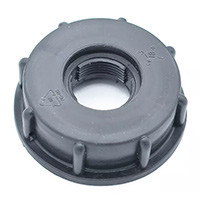
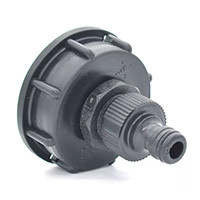

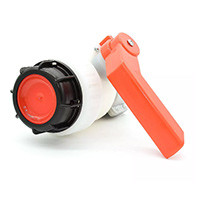
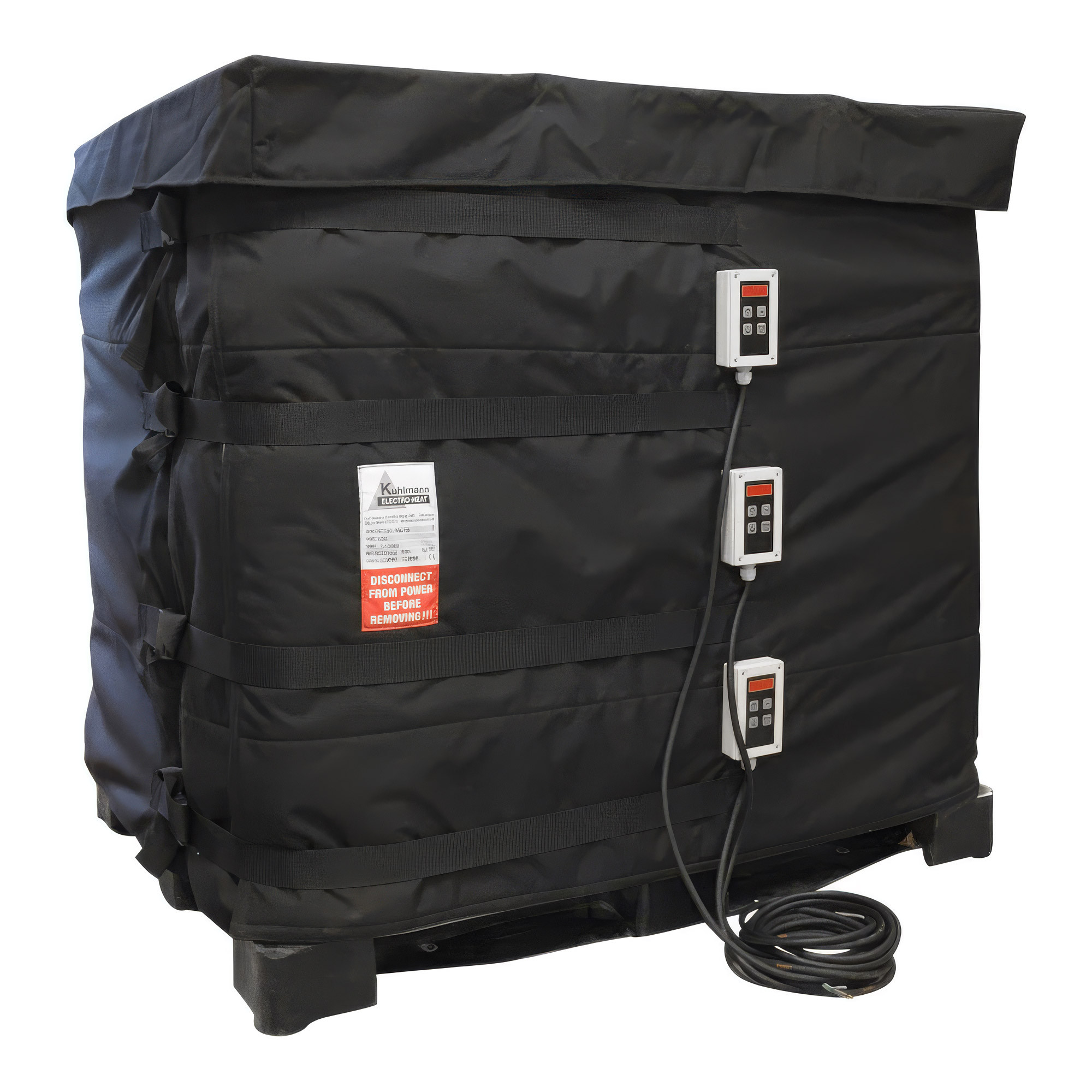
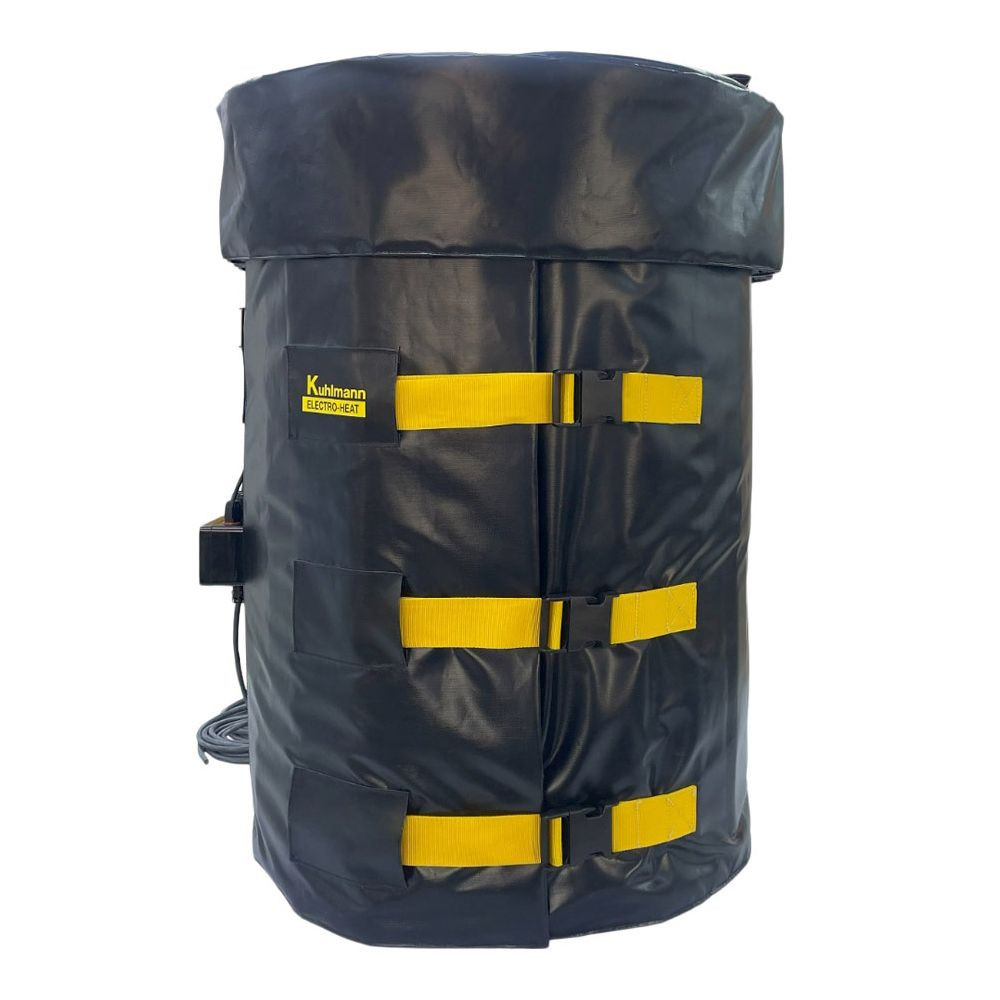
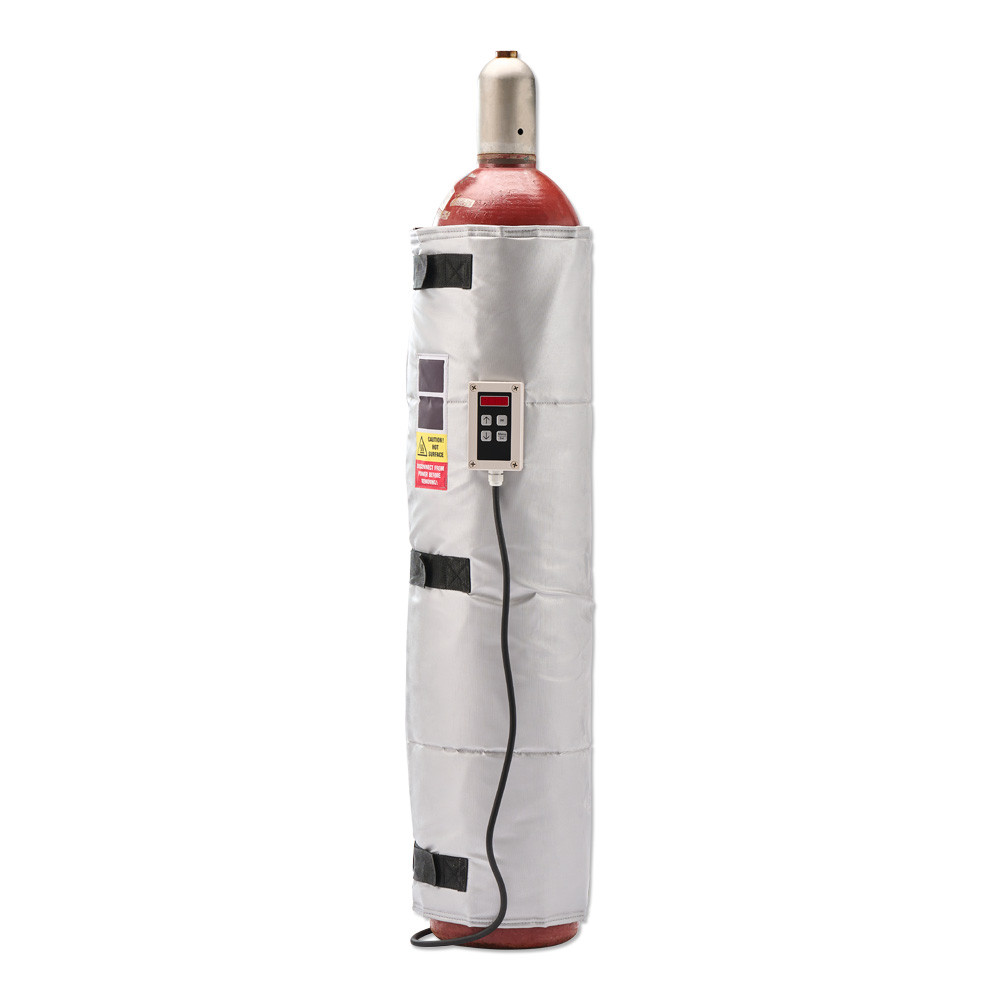
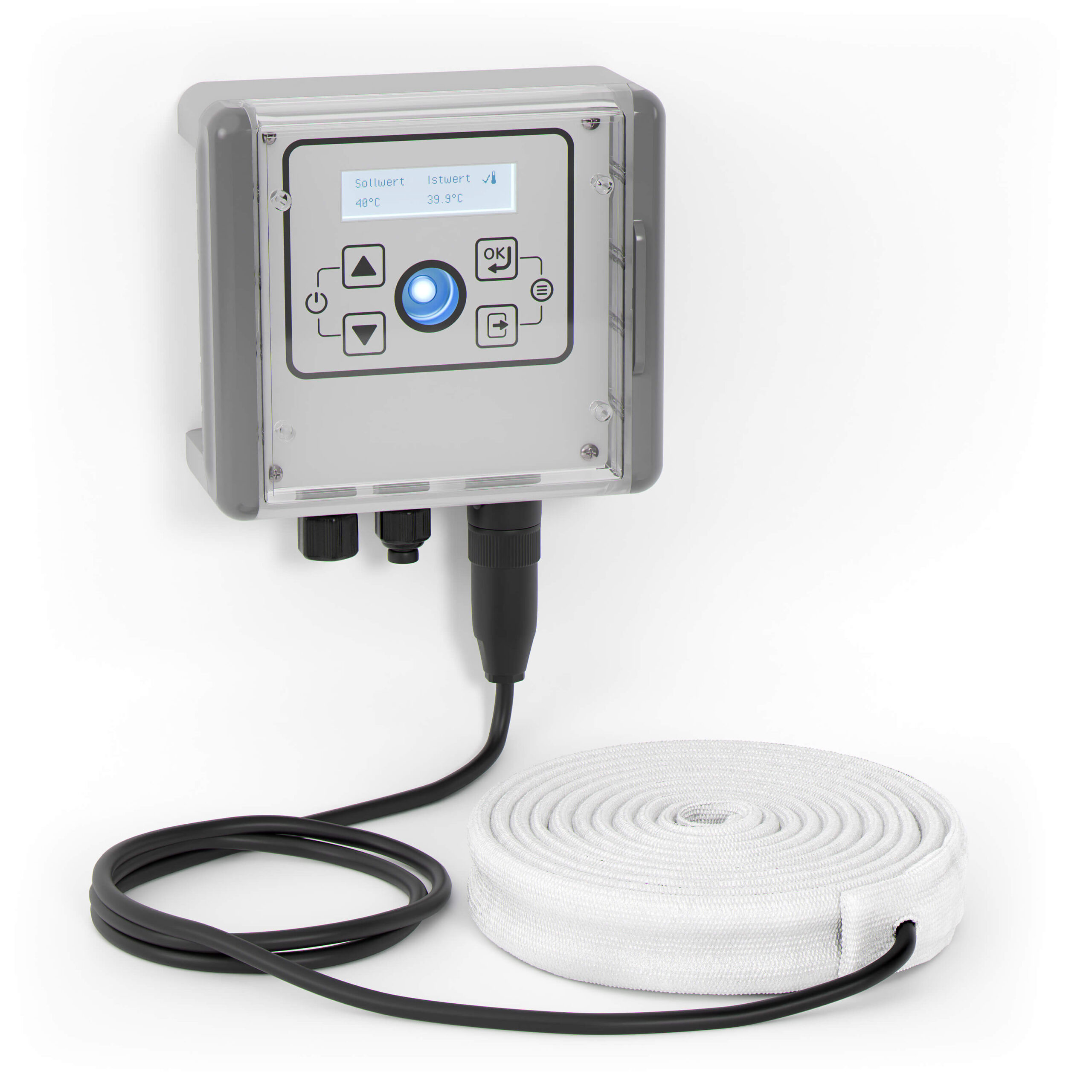
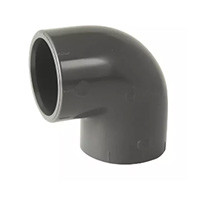
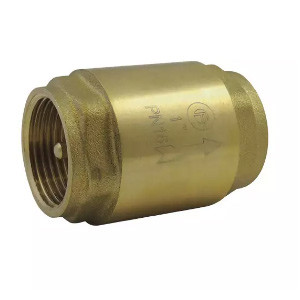
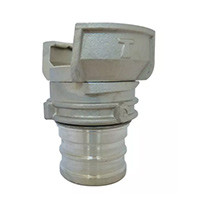
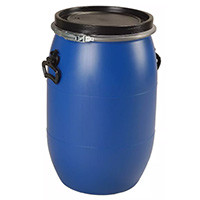
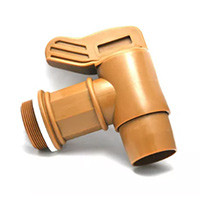
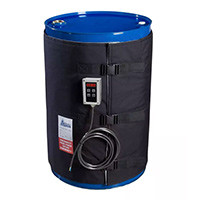
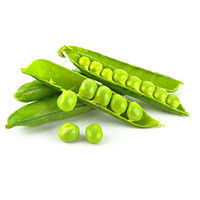



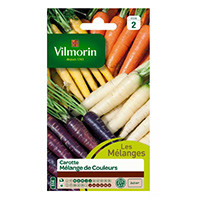



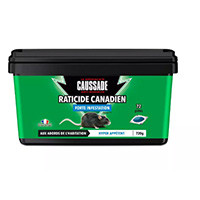
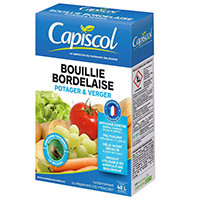
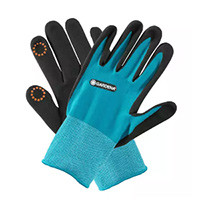
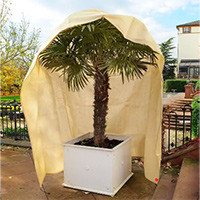
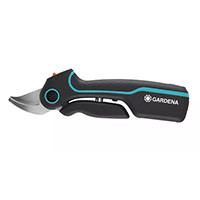

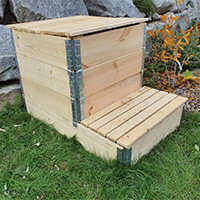
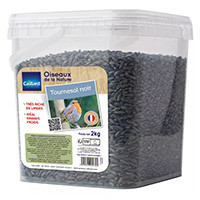
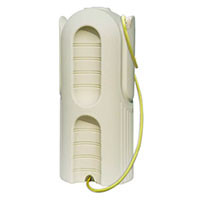
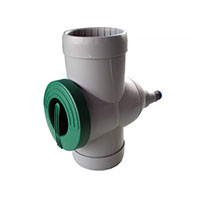
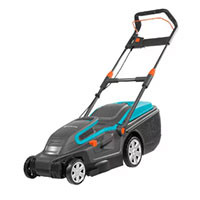
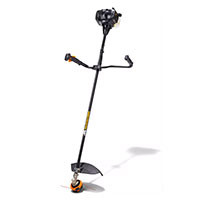
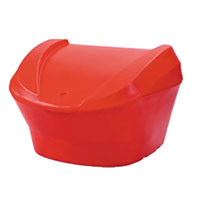
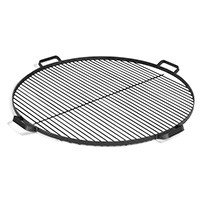
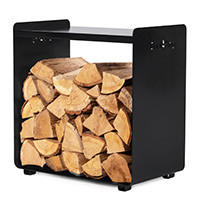
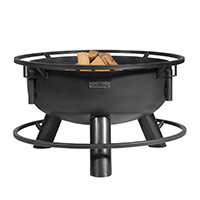
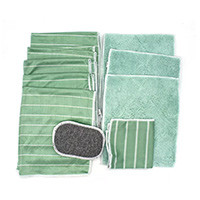
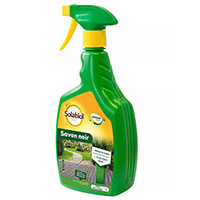
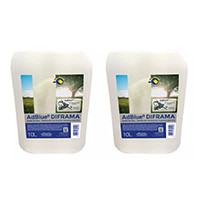
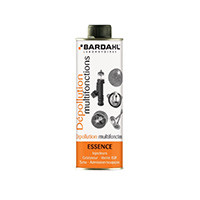
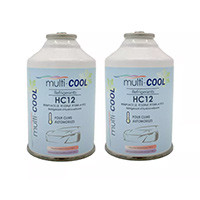
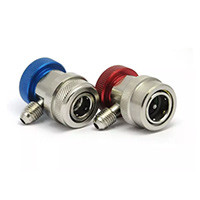

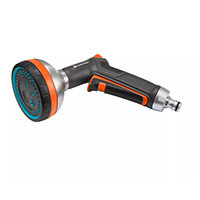
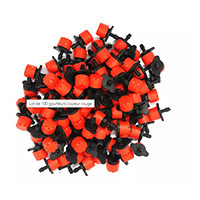

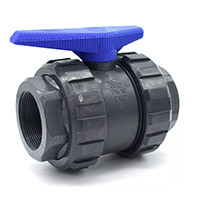


By IBC Tote Tanks 07/17/2025 13:57:31
Very useful read for anyone working with bulk liquid storage. Thanks for breaking down technical terms so clearly!